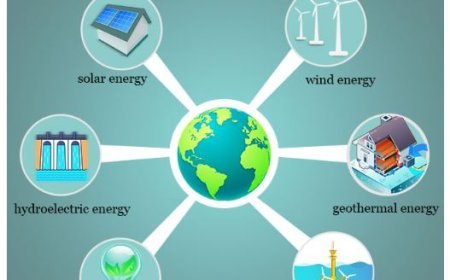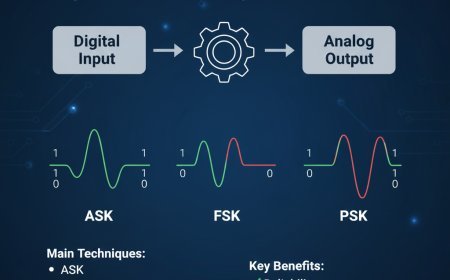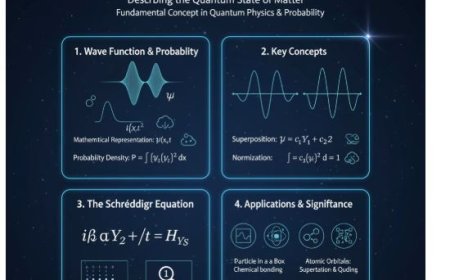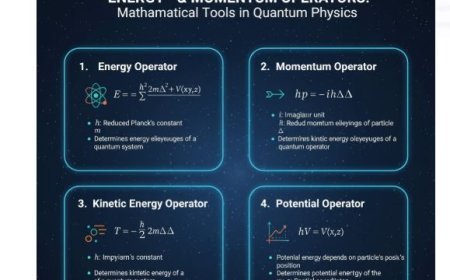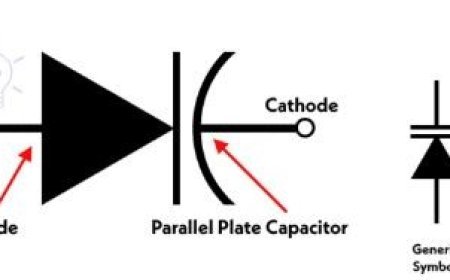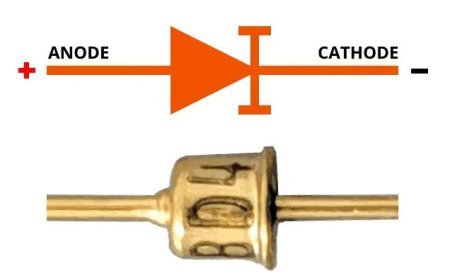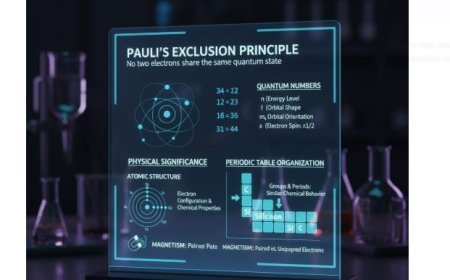Meson Theory of Nuclear Forces
The Meson Theory of Nuclear Forces explains how protons and neutrons are held together in the nucleus through the exchange of mesons, especially pions. Mesons act as carriers of the strong nuclear force, creating short-range yet powerful attractions that overcome the repulsion between protons. This article explores how meson exchange forms the basis of nuclear stability, charge independence, and dynamic interaction among nucleons. Understanding meson theory provides key insights into nuclear fusion, fission, and the structure of matter — forming the foundation of modern nuclear and particle physics.
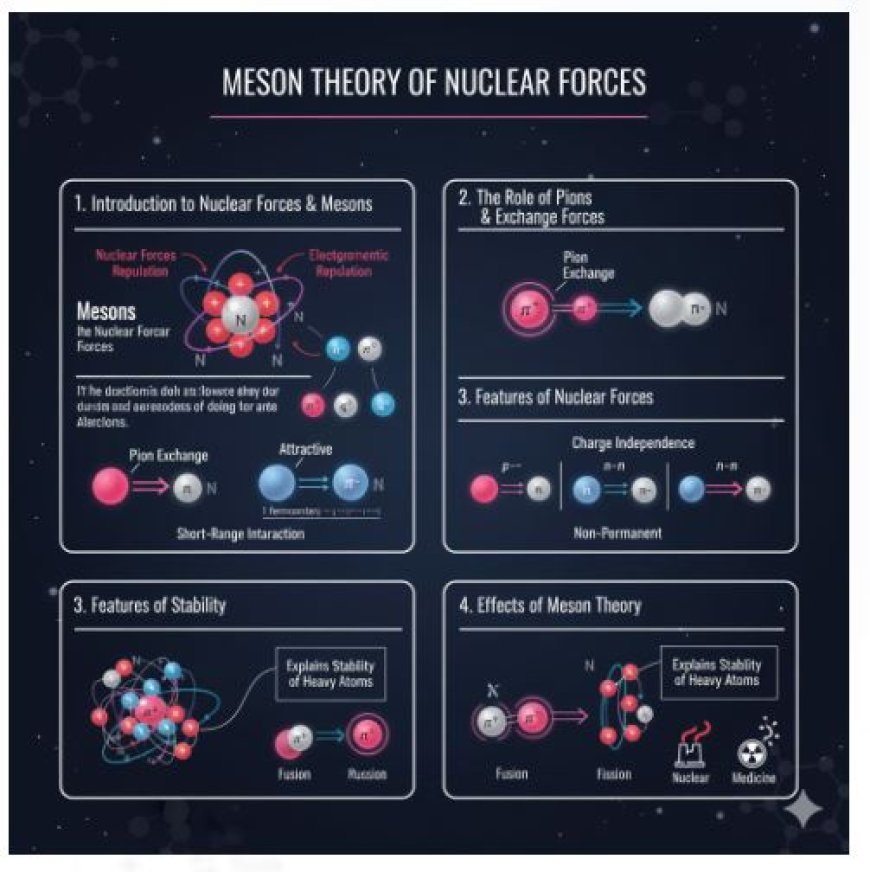
Meson Theory of Nuclear Forces
Introduction to Nuclear Forces
Nuclear forces are the basic forces that work between the particles inside an atomic core. These forces are important for keeping the nucleus together despite the repulsive electromagnetic forces between positively charged protons.
Main Players in the Nucleus
- Protons: Positively charged particles located in the center of an atom.
- Neutrons: Neutral particles found in the center.
- Nuclear Forces: Attractive forces that hold protons and neutrons, which are called nucleons, together.
Mesons
Before discussing Meson Theory, it's important to know what mesons are:
- Definition: Mesons are small particles made of one quark and one antiquark. They belong to a group of particles called bosons.
- Different kinds of mesons: The most common mesons are pions, kaons, and muons, with pions playing the main role in nuclear forces.
Meson Theory of Nuclear Forces
The Meson Theory posits that nuclear forces are controlled by mesons, describing the interactions that occur within the nucleus.
1. The Role of Pions
- Pions: The most important mesons in nuclear interactions are pions (π-mesons). There are three types:
- Positively charged (π⁺)
- Negatively charged (π⁻)
- Neutral (π⁰)
- Mediation of Forces: Pions act as force carriers between nucleons. When they are traded between protons and neutrons, they create an attractive force that holds the center together.
2. Exchange Forces
- Exchange Concept: Nuclear forces can be understood through exchange forces. When nucleons swap pions, a force forms that binds them together.
- Short-Range Interaction: Nuclear forces are strong due to meson exchange but act only over a very short distance, about 1 femtometer (10⁻¹⁵ meters).
3. Strong Forces vs. Weak Forces
- Strong Nuclear Force: Holds nucleons together and works through the exchange of mesons.
- Weak Nuclear Force: Plays a role in radioactive decay but is not the main force responsible for nuclear stability.
Features of Nuclear Forces Controlled by Mesons
- Attractive: These forces are mainly attractive, helping to overcome electromagnetic repulsion between protons.
- Non-Permanent: Meson exchange is not a permanent process; nucleons continuously swap mesons, maintaining their connection dynamically.
- Charge Independence: The force between neutrons and protons is similar in strength, even though they have different charges, because mesons mediate their interactions.
Effects of Meson Theory
- Nuclear Stability: The Meson Theory helps explain how heavy atoms remain stable despite the repulsion between many positively charged protons.
- Nuclear Processes: Understanding meson-mediated forces provides insight into nuclear processes such as fusion and fission.
What's Your Reaction?









